
Appelformer Logos etos og patos Logos har retning
Simply put, logos, ethos and pathos are three powerful tools that you can use to persuade an audience of your argument. At the most basic level, logos appeals to logic and reason, while pathos appeals to emotions and ethos emphasises credibility or authority. Naturally, a combination of all three rhetorical appeals packs the biggest punch, but.
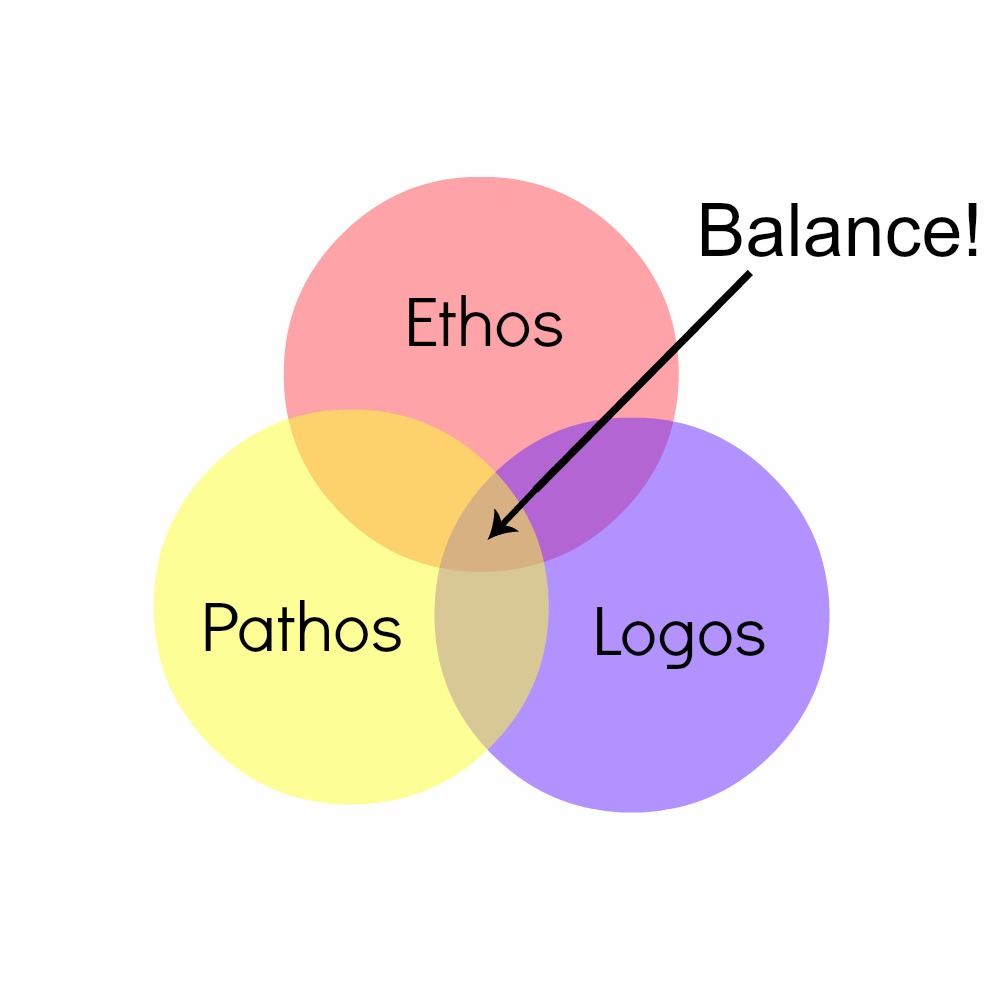
Ethos, Pathos, Logos and Writing for Your Audience
Patos (passion, følelser) Download som PDF (til print) Etos (Man taler med troværdighed) Man har en stærk etos, hvis man virker troværdig. Man kan være trovædig, hvis man forventes at vide meget om et emne - fx en kok, der udtaler sig om mad, eller en politimand, der udtaler sig om loven.
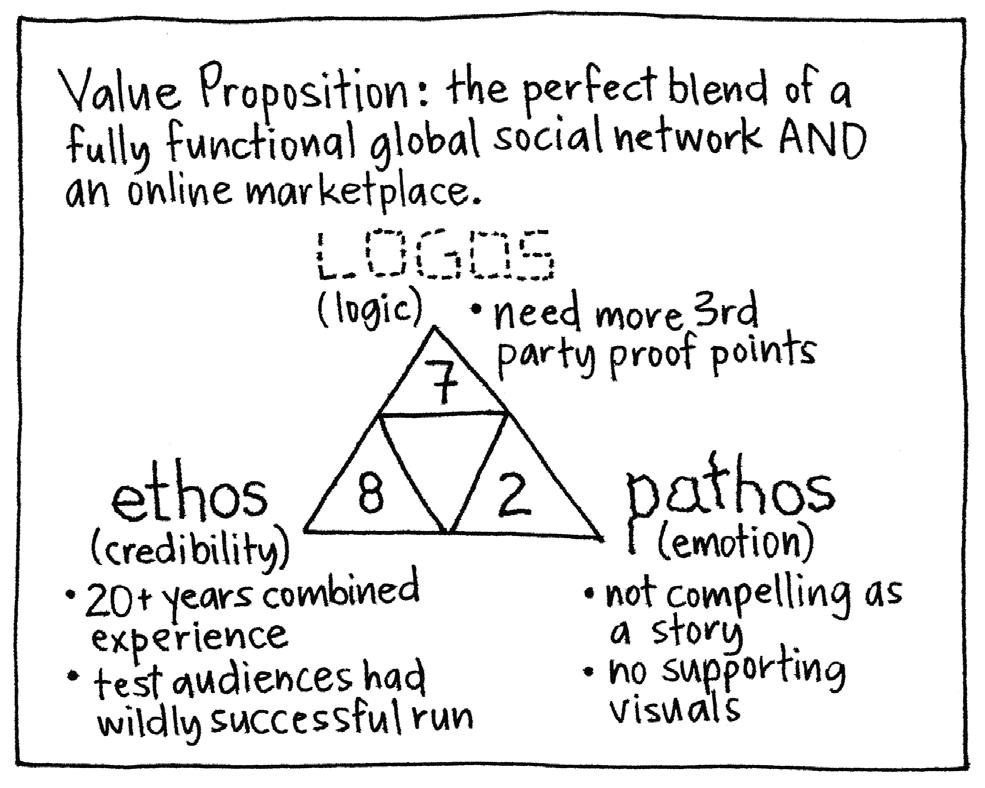
17 Ways to Make Ethos, Pathos, and Logos Really Stick Teaching Expertise
Etos, logos og patos. Det er viktig med kunnskap om hvilken appellform som passer best i den situasjonen du skal uttrykke deg i. Det er også viktig å ha kunnskap om hvem du snakker til, for å vite om du skal spille på troverdighet, fornuft eller følelser. Når du skal bruke retorikk til å utrykke deg, eller når du skal analysere.
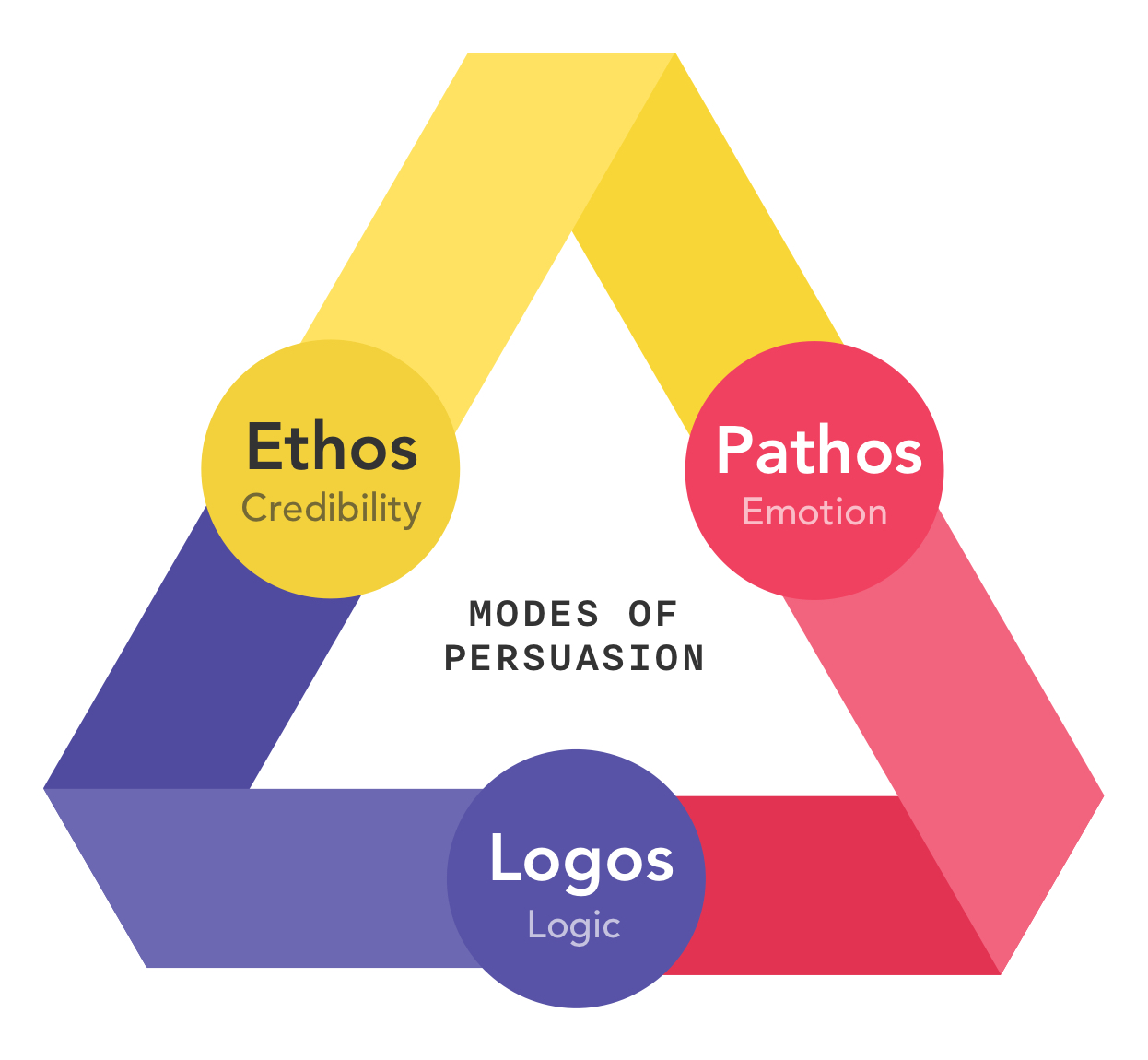
Advertising 101 What are Ethos, Pathos & Logos? (2022) Boords
What are logos, ethos, and pathos? Frequently asked questions See all Home Frequently asked questions What are logos, ethos, and pathos? What are logos, ethos, and pathos? Logos appeals to the audience's reason, building up logical arguments. Ethos appeals to the speaker's status or authority, making the audience more likely to trust them.

💄 Patos etos logos. ¿Cuál es el significado de Logos, Pathos y Ethos?. 20190112
Ethos, Pathos, and Logos are modes of persuasion used to convince audiences. They are also referred to as the three artistic proofs (Aristotle coined the terms), and are all represented by Greek words. Ethos or the ethical appeal, means to convince an audience of the author's credibility or character.

💄 Persuasive speech ethos pathos logos. Examples of Ethos, Pathos, and Logos in Persuasive
In his book Rhetoric, he defined these 3 Greek words. Ethos, Pathos, Logos are modes of persuasion used to convince others of your position, argument or vision. Ethos means character and it is an appeal to moral principles. Logos means reason and it is an appeal to logic. Pathos means experience or sadness and it is an appeal to emotion.
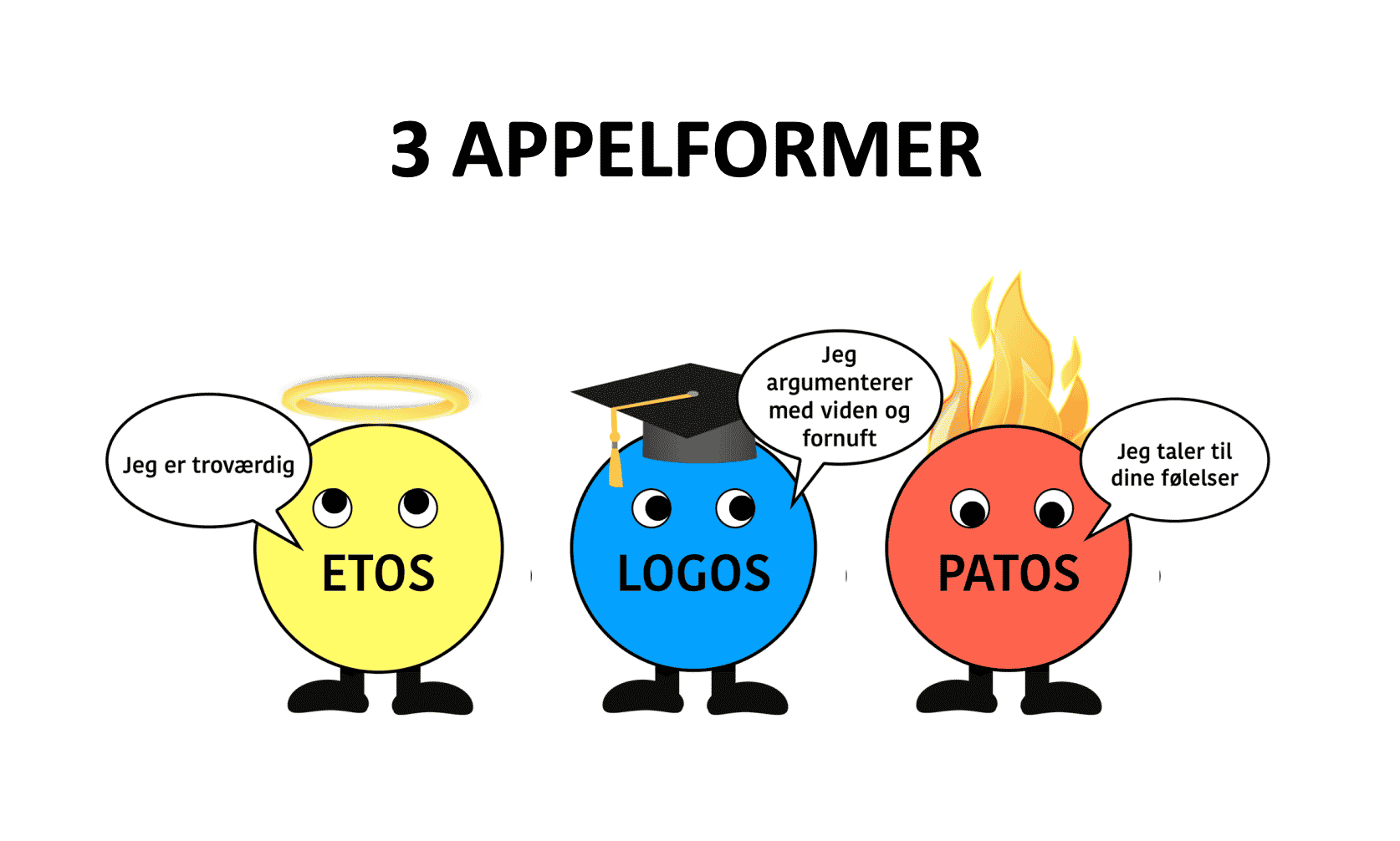
3 appelformer Indidansk
Oppgaver og aktiviteter. Bruk etos, logos og patos! En talesituasjon er en retorisk situasjon: Du skal overbevise tilhørerne. Da må du appellere til både hode og hjerte. Les en tale om en yndlingskatt og undersøk hva taleren gjør for å overbevise. Vis kompetansemål.
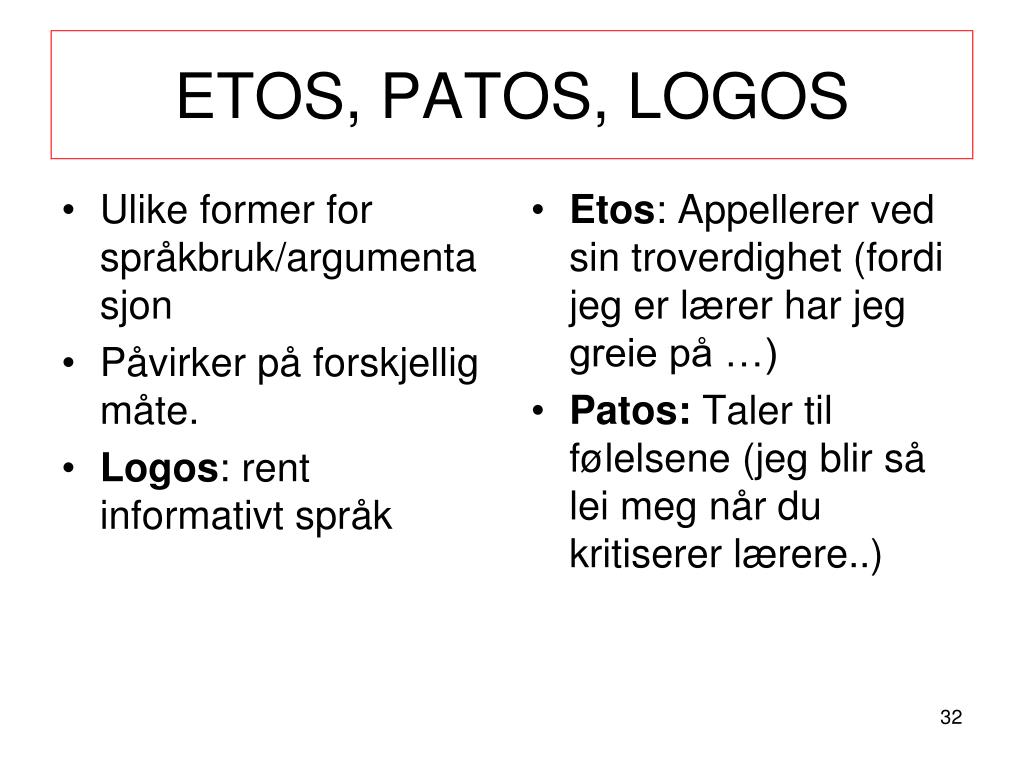
PPT Reklame Reklame tidens speil PowerPoint Presentation, free download ID2014012
Hva er etos, patos og logos? De retoriske appellformene er verktøy som ble utformet for over to tusen år siden, men som er like aktuelle i dag. Når du selv viser følelser, oppnår du å vekke den samme følelsen hos andre. Dette er en viktig måte å skape patosappell på. CC BY-NC Bilde: NTB scanpix, Shutterstock

Etos logos patos cupmyown
Ethos, Pathos, and Logos are three strategies commonly employed when attempting to persuade a reader. Pathos, or the appeal to emotion, means to persuade an audience by purposely evoking certain emotions to make them feel the way the author wants them to feel. Authors make deliberate word choices, use meaningful language, and use examples and.

Etos, patos og logos YouTube
Updated June 14, 2022 Image Credits Aristotle's "modes for persuasion" — otherwise known as rhetorical appeals — are known by the names ethos, pathos and logos. They are tools for persuading others to a particular point of view and are often used in writing and advertising to sway the audience. Meaning of Ethos, Pathos and Logos

Etos, patos og logos kan vi bruge dem til noget?
Ethos, pathos and logos are the three categories of persuasive advertising techniques. Each category invokes a different appeal between speaker and audience. Ethos calls upon the ethics, or what we'd call the values, of the speaker. Pathos elicits emotions in the audience. Finally, logos puts logic into play by using evidence and facts.
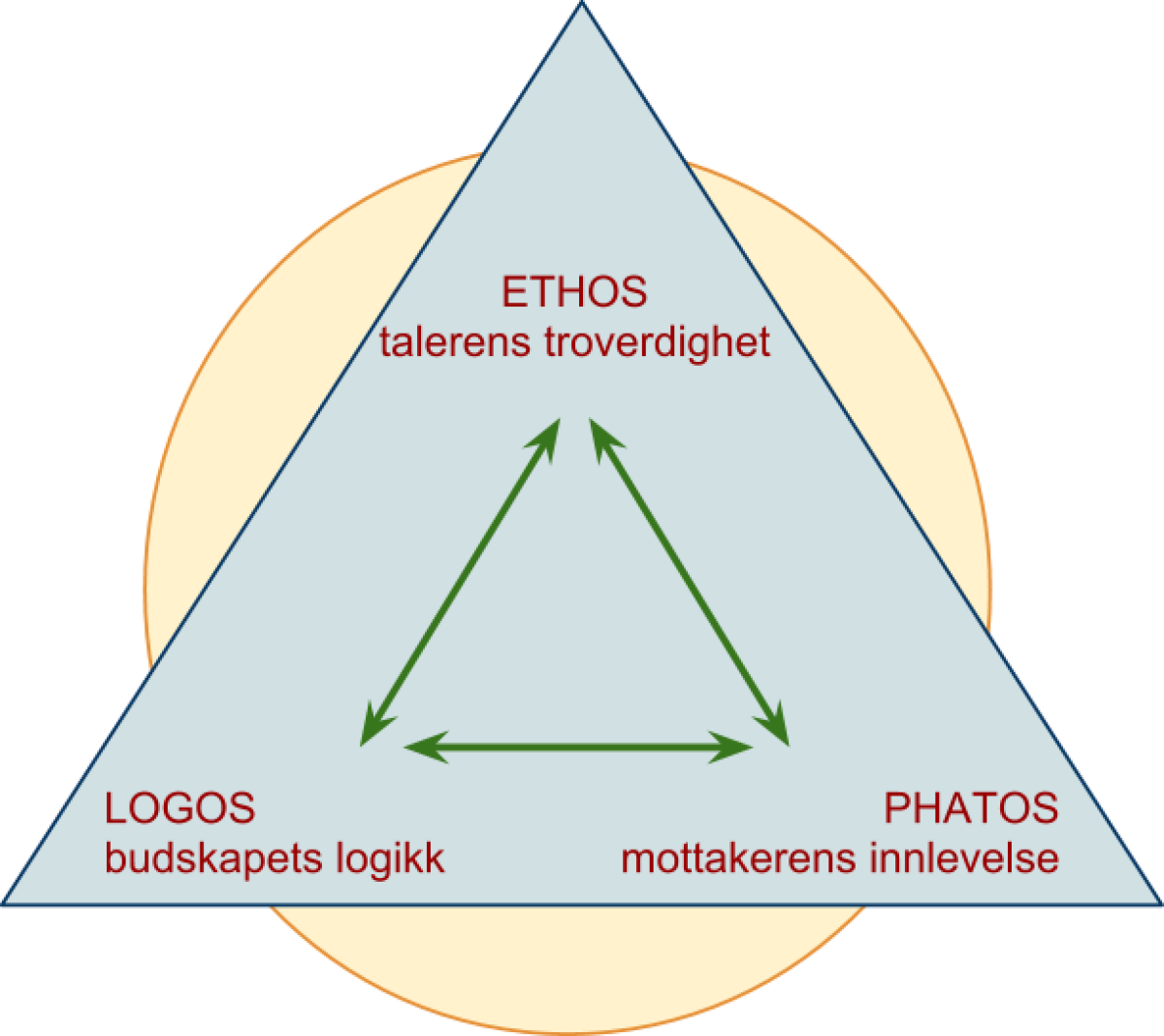
etos logos patos definisjon
Ethos is the act of appealing to the speaker's or writer's authority as a means of persuasion, Pathos is the act of evoking emotions in the audience or readers to make your point, Logos is the act of appealing to the logic of the audience or readers. Aristotle believed that logos should be the most important of the three modes of persuasion.

Retoriske appellformer Nettskulen.no
uofl.edu/writingcenter [email protected] (502)852-2173 Logos, Ethos, Pathos, Kairos Pathos (Greek for "suffering" or "experience") Focuses attention on the values and beliefs of the intended audience. Appeals to the audience's capacity for empathy, often by using an imaginable story to exemplify logical appeals. Whereas logos and ethos appeal to our mental capacities for logic.

Ethos, Pathos, Logos Achmad S. Ruky
In rhetoric, ethos, pathos, and logos are the three main ways to persuade an audience. Of the three, ethos is the most important. Ethos is how you convince someone that you're credible; you know what you're talking about and are trustworthy. Pathos is how you appeal to someone's emotions, and logos is how you appeal to someone's logic.

Appelformer hvad er etos, patos og logos GoTutor
Specifically: ethos (character): known as "the appeal to authority" or "the appeal to credibility." This is the method in which a person relies on their credibility or character when making an appeal or an argument. pathos (emotions): known as "the appeal to emotion."

Ethos, pathos, logos the old way of addressing your audience (2023)
The Rhetorical Triangle can be applied in the classroom to teach students how to develop persuasive writing and speaking skills. Teachers can introduce students to the concepts of Ethos, Pathos, and Logos and provide examples of each. Students can then practice identifying these elements in various texts and speeches and apply them in their own.